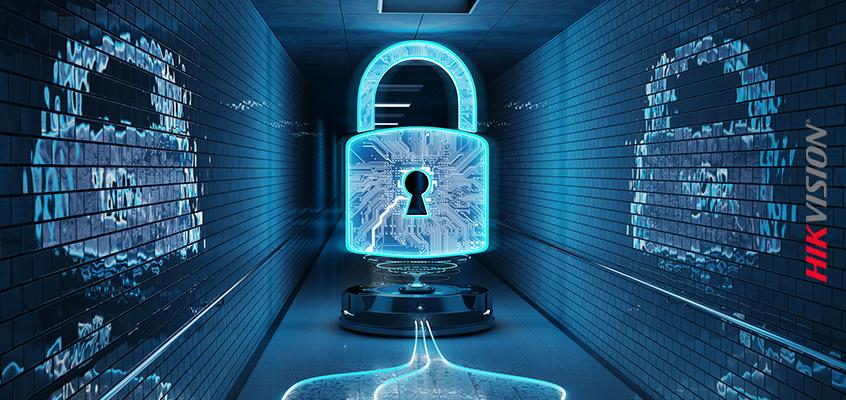Top Strategies for Enhancing Cybersecurity in Educational Institutions: Protecting data & Students
In today’s digital-first academic environment, cybersecurity in educational institutions is more crucial than ever. Schools and universities handle large volumes of sensitive data, from student records to research files, making them prime targets for cybercriminals. With the rise in remote learning and online resources, ensuring strong cyber protection is not just a best practice—it’s an absolute necessity. In this guide, we’ll explore the top strategies for enhancing cybersecurity, share practical tips, and discuss how institutions can safeguard both their data and their students.
Why Cybersecurity Matters in Education
From K-12 schools to major universities,educational organizations house vast amounts of personal and academic data. Cyberattacks can lead to data breaches, identity theft, interruption of learning, and severe reputational damage. Understanding their unique vulnerabilities is the first step toward enhancement.
- Data Sensitivity: Student records, health details, and financial data demand high security.
- Increasing Threats: Schools face ransomware, phishing, and DDoS attacks at rising rates.
- Resource Constraints: Many institutions have limited IT staff and budgets, making robust cybersecurity a challenge.
- Widespread Access: Numerous users, including students, staff, and guests, access networks on diverse devices, increasing potential entry points for threats.
Top Strategies to Enhance Cybersecurity in Educational institutions
Here are the moast effective approaches for keeping your academic environment safe and resilient against cyber threats.
1. Implement Robust User authentication
- Use Multi-Factor Authentication (MFA) for all systems and platforms.
- Create strong, unique passwords for each user, and enforce regular password changes.
- Integrate Single sign-On (SSO) to offer secure,convenient access.
2. Educate Students and Staff on Cybersecurity Best Practices
- Offer regular cybersecurity awareness training tailored to the latest threats.
- Share guides on identifying phishing emails, social engineering tactics, and safe online behaviors.
- Encourage reporting of suspicious activities without fear of penalty.
3. Secure Networks and Wi-Fi Access
- Separate network access for students, teachers, and guests.
- Use strong encryption protocols for all wireless networks—avoid open or easily guessed credentials.
- Deploy firewalls and regularly update networking hardware firmware.
4. Regularly Update and Patch Systems
- Keep operating systems, educational software, and all devices up to date.
- Enable automatic updates and monitor vulnerability notifications.
- Establish a protocol for rapid deployment of critical security patches.
5. Backup Critical Data Frequently
- Adopt the 3-2-1 backup strategy: three copies of data, stored on two different media, with one kept offsite.
- Test backups regularly to ensure data can be quickly restored in case of an incident.
- Encrypt backups to prevent unauthorized access, even if physical media are compromised.
6. Use advanced Endpoint Security Solutions
- Install and update antivirus and anti-malware software on all devices.
- Leverage Endpoint Detection & Response (EDR) tools for real-time monitoring and alerting.
- Restrict installation of unauthorized applications and implement device management policies.
7. Create a Extensive Incident Response Plan
- Develop a detailed response protocol for various cybersecurity scenarios, such as ransomware or data breaches.
- Create a dialog plan for notifying affected parties promptly and transparently.
- Conduct regular drills to ensure staff knows their roles in an emergency.
Benefits of Strengthening Cybersecurity in schools and Universities
Enhancing cybersecurity in educational institutions yields both immediate and long-term advantages:
- Protects sensitive student and faculty data from exposure or theft.
- Reduces downtime due to malware attacks or breaches, ensuring continuous learning.
- Builds trust among parents, students, and staff, fostering a safe learning environment.
- Mitigates financial and reputational risks associated with data breaches.
- Ensures compliance with regulations like FERPA,GDPR,and COPPA.
Practical Tips for Everyday Cyber Safety
- Never reuse passwords across different accounts.
- avoid connecting to public Wi-Fi without a secured VPN.
- Regularly review app permissions and only install trusted software.
- Encourage use of encrypted messaging platforms for school communications.
- Develop strong, memorable passphrases for devices and accounts.
- Monitor children’s online activities with parental controls and open discussions.
Case Study: How a school District Prevented a Major Ransomware Attack
In 2023, a U.S. school district detected suspicious network traffic from a phishing campaign targeting students and staff. Thanks to rigorous employee training, an IT manager quickly identified fraudulent emails and reported them. The district’s multi-factor authentication and network segmentation prevented the attack from spreading.
- Key Learning: Continual awareness training and robust authentication can stop attacks before damage occurs.
- Outcome: No sensitive data was compromised, and the district avoided costly downtime and reputational loss.
First-Hand Experiance: Insights from an IT Director
“After experiencing a phishing attempt first-hand, I realized the importance of a layered security approach.We’ve implemented endpoint protection, firewalls, strict user access controls, and ongoing cybersecurity training. Our school now conducts quarterly drills and updates policies regularly, making our digital learning environment much safer for everyone.” – Maria Sanchez, IT Director, city High School
Recommended CSS Styling for WordPress
/* Improve readability and structure for educational cybersecurity content */
article {
font-family: 'Segoe UI', Arial, sans-serif;
background-color: #f9fafc;
padding: 30px;
border-radius: 12px;
margin-bottom: 25px;
box-shadow: 0 0 10px rgba(15,50,80,0.05);
}
article h2 {
color: #2a4377;
margin-top: 32px;
margin-bottom: 14px;
font-weight: bold;
}
article h3 {
color: #28507a;
font-size: 1.15em;
margin-top: 24px;
}
article ul {
list-style-type: disc;
padding-left: 28px;
}
article li {
margin-bottom: 10px;
font-size: 1.03em;
}
article pre {
background: #f5f7fa;
border-radius: 6px;
padding: 16px;
overflow-x: auto;
font-size: 0.96em;
}
Conclusion
As digital learning environments become the norm, enhancing cybersecurity in educational institutions takes center stage. By adopting strong user authentication, keeping systems updated, training your community, and implementing robust incident response plans, schools can defend against evolving risks. Prioritizing these strategies not only protects critical data and student privacy but also fosters a safer, more resilient academic world.Begin your cybersecurity transformation today—students and staff are counting on it!

